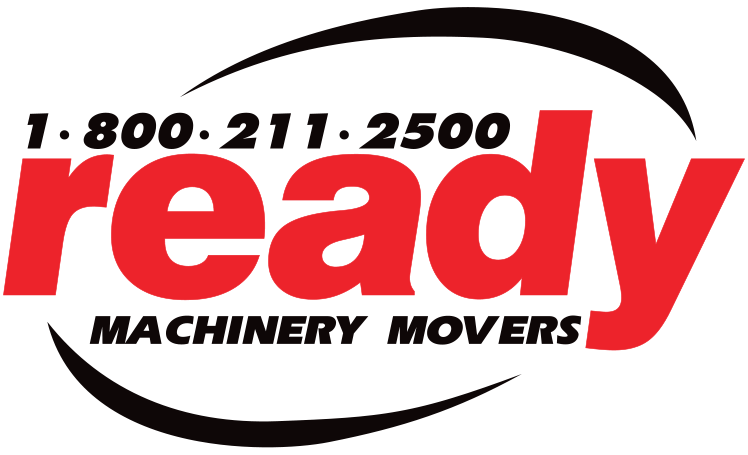What is plant optimization, and how can you achieve it? According to the Merriam-Webster dictionary, optimization is “an act, process, or methodology of making something (such as a design, system, or decision) as fully perfect, functional, or effective as possible.” Simply put, it is a way for owners to get the most out of their facilities. When your equipment no longer serves your needs, if there are new guidelines to meet — or products to be manufactured. If competition is growing fiercer, then it’s time to think about optimization.
Whether your plant requires a complete or a partial optimization, consider (and revisit) several factors before you start. Focusing on one or two major issues will not give a clear picture of how to reach optimal efficiency. Examine the business as a whole to set the right goals and to avoid confusion during the process. Confusion (as plant construction specialists advise) prevents you from seeing things clearly. It hinders your attempts to maximize efficiency.
Keep the following points in mind while spearheading an optimization. Look forward to smoother operations and an improved bottom line:

- Monitor your current plant’s performance: You can find room for improved efficiency by first examining all aspects of your plant’s current performance. This will provide you with a baseline picture of your facility’s strengths and weaknesses and allow you to focus your efforts on where they will provide the greatest returns. Some key areas to examine are what:
- equipment needs replacing
- training processes could be improved
- is the current maintenance schedule, and how might it be improved (with or without a complete overhaul)
- foreseeable problems could lead to major disruptions (i.e. a shutdown)
- are your in-house monitoring procedures, and how you might enhance them
- data tracking systems could be added to lead to better oversight

- New equipment may need new processes: Some managers get caught up in the need to automate without also developing new processes to match the new technology. Buying machinery won’t solve all your problems. Managing the integration of new machinery is a significant part of an investment.
Revisit production processes and retraining your workforce, if necessary. New technology can definitely lead to smoother operations, but the workforce needs to be taught how to use it efficiently. New equipment requires new approaches, and a smooth transition should be a priority.
- Green practices lead to greater optimization: Energy-efficient practices reduce costs, improve employee safety and health, and decrease waste. The planet will thank you — as will your investors when they see the impact of energy efficiency on your bottom line. Here are some ways to achieve a more energy-efficient facility:
-
- Target waste: Inefficient machinery can consume as much as 70 percent more energy than is necessary.
-
- Look at your heating and cooling systems: Consider a switch to renewable energy sources to offset some costs.
- Electrical upgrades: Outdated electrical systems waste energy, and therefore money. Upgrade to a new electrical system. Consult with an electrical contractor with a proven track record in greener technology to help you implement a design that will reduce costs, save you money, and result in minimal downtime for your plant.
- Get bright on the lights: A well-designed electrical system requires an equally well-designed lighting system. Better lighting can substantially cut your power bills, and improve both worker safety and productivity. Work with a lighting designer to figure out the best placement of lights. Ensure that high-efficiency bulbs are included in the design. A lighting designer can adhere to the latest codes.
- Reduce, reuse, recycle: Most plants and especially warehouses use a lot of packaging materials. This may seem too obvious, but reducing shipping supplies (particularly those needed to move products within a facility) will lower costs, freeing up resources for larger projects. Here are some ways to streamline your processes and reduce packaging waste:
-
-
- Identify areas of waste through monitoring, and eliminate excess packaging.
- Use biodegradable materials whenever possible, to reduce employee exposure to harmful substances.
- Reuse packaging materials such as pallets, plastic totes, and other shipping supplies and ensure that they are either recyclable or made with recycled materials.
- Recycle anything that can’t be reused.
-
- Think lean production: Lean production was first introduced as a way to increase profits through lower costs. However, using the principles of lean production results in less waste and greater efficiencies. For instance, companies are encouraged to employ exactly the number of people they need and to ship only as much as they need to fulfill orders. This leads to streamlining other processes.
Things to watch for to ensure that your plant is lean include:
- Defects in your product: Look for excess scrap parts, products that require rework, or assemblies that are missing details.
- Excess processing: Are you adding processes to products that customers aren’t asking for or aren’t interested in? Lean production includes minimizing over-processing of products through clarifying customers’ needs and wants.
- Overproduction: Producing more than a customer has ordered or is willing to buy is a huge waste of materials, time, and money and can have a significant negative impact on your bottom line.
- Excess inventory: Product sitting in inventory is taking up space and not generating income. This ties in with overproduction.
- Inefficient shop floors: Remap the workflow to reduce moving the product (or your employees) around the facility. Efficient workflow structure is an important part of plant optimization.
- Not using your talent: No one knows the inefficiencies of the workplace environment like your employees. Engage your employees in the process. Use employee feedback and their critical thinking to cut down on wasted time and effort.
- Expect and manage downtime: ‘Downtime’ is not a plant manager’s favourite word. A certain amount of downtime can be expected during a major overhaul as new equipment is brought in and employees are trained. You will need to plan (and budget) for downtime, especially if you’re implementing new electrical or lighting systems, or adding newer technologies. Storing equipment off-site allows consultants and managers to more effectively map out new systems and integrate them with the older machinery.
- Take advantage of the experts: Consulting with an industrial contractor can certainly go a long way in reducing the stress of a plant optimization. They can help coordinate timelines, hire subcontractors such as electricians and lighting designers, and will keep the process on track. Bringing in heavy machinery movers to move your equipment to a storage facility during downtime will assist with restructuring.
Plant optimization is a complicated and often necessary process. Keeping competitive while ensuring the health of both your employees and business requires planning and foresight; but with help and a clear vision, a well-planned overhaul should put you and your facility in good stead for years to come.
Ready Machinery can assist with all your storage and machinery moving needs in Toronto and the Greater Toronto Area. Call us today at 1-800-211-2500 to request a quote, or use our contact form to ask questions you might have about the process. We’re here to help.
